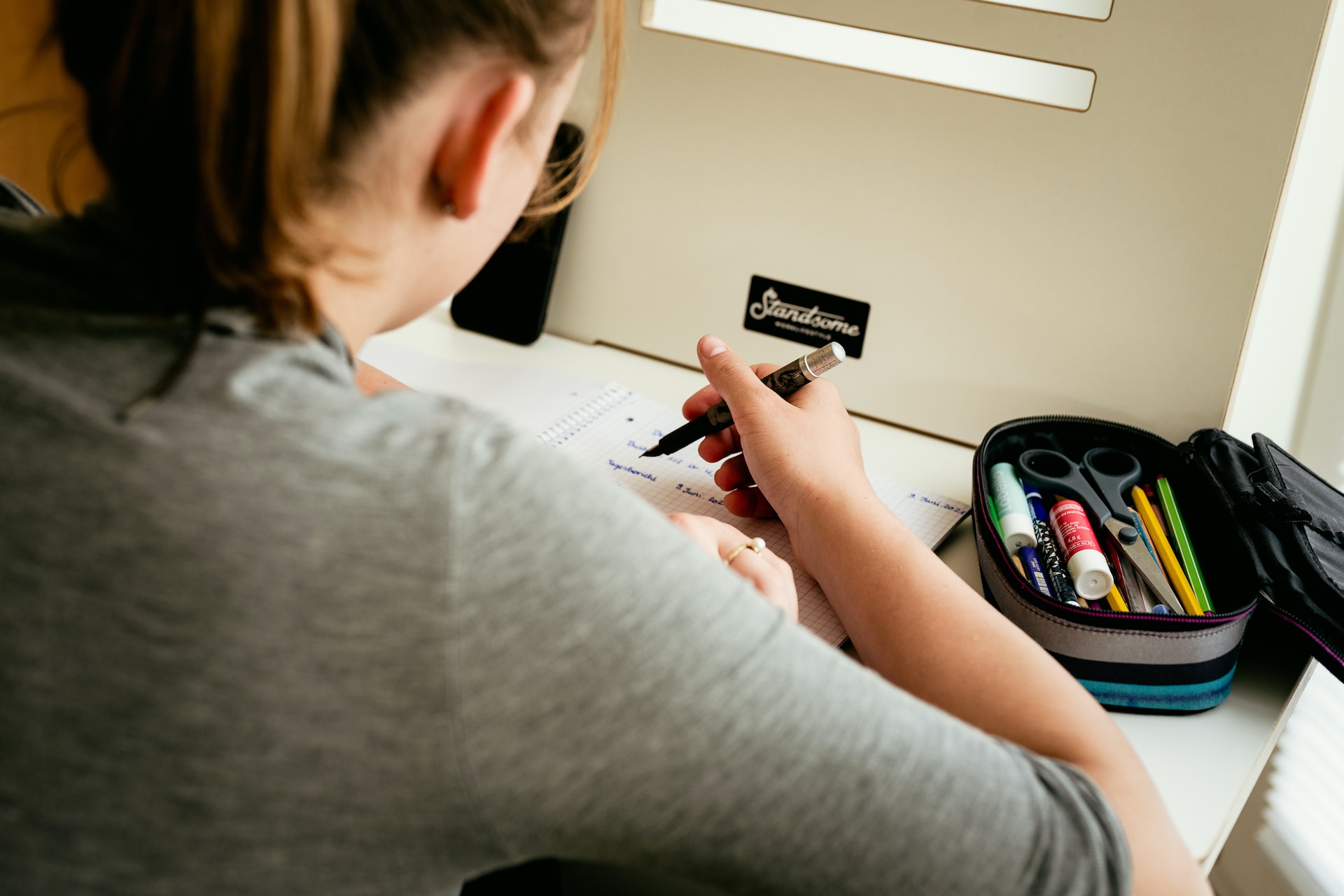Description
University of Sunderland
International Financial Accounting
APC311
Individual assignment
Weighting – 100% of the marks for this module
The hand in date is: 16 May 2014 at 2pm
This is an individual assignment of 3,000 words (+/-10%), excluding appendices reference list and bibliography. The word count MUST be shown on the front of the assignment.
There are THREE questions to be answered in this assignment. Each question shows the relative mark weighting.
All of the learning outcomes for the module are being assessed in this assignment. The learning outcomes are shown in the section entitled “Marking Guide”, which is further on in this document.
The University’s policy on cheating collusion and plagiarism will be applied to this piece of work.
One printed copy of your assignment, together with a summary Turnitin report, should be submitted to the Assignment Submission desk in St Peter’s library by 2.00pm on Friday 16th May 2014.
THE FRONT COVER OF YOUR ASSIGNMENT MUST SHOW:
1) YOUR NAME
2) YOUR STUDENT REGISTRATION NUMBER
3) THE WORD COUNT (EXCLUDING THE REFERENCE LIST, BIBLIOGRAPHY AND ANY APPENDICES).
4) THE NAME OF YOUR APC311 WORKSHOP TUTOR. The tutor’s name is on your timetable
Requirements:
PART A
With most International Accounting Standards offering more than one method of preparation for each accounting item, has the accounting profession effectively legalised creative accounting into a regulatory framework.
- Discuss why people would use creative accounting in Financial Statements and what methods would they incorporate. (10marks)
- Critically evaluate the above statement using examples and extracts from the International Accounting Standards to illustrate your argument, as well as discussing the International Accounting Standard’s global use. (23marks)
PART B
Richlypoor Ltd has carried on business as a clothing retailer for 5 years operating from a number of stores under short-term annual rental leases. The income statements and the balance sheets for the three years ended 31 March 2014 were as follows:
Income statement for the years ended 31 March
2012 2013 2014
£m £m £m
Revenue 841 991 925
Cost of sales (555) (655) (598)
Gross profit 286 336 327
Administrative expenses (86) (101) (103)
Selling expenses (87) (99) (102)
Depreciation (14) (16) (18)
99 120 104
Other income 16 26 29
Finance cost (8) (8) (9)
Bad debts (3) (6) (4)
Finance income from credit sales 1 3 3
Profit before tax 105 135 123
Tax expense (26) (34) (31)
Profit for the period 79 101 92
Balance sheets as at 31 March
2012 2013 2014
£m £m £m
Intangible Fixed Assets 37 42 50
Tangible Fixed Assets 175 204 214
Inventory 235 308 292
Receivables 103 139 168
Cash 54 53 44
Total Assets 604 746 768
Share capital 80 80 80
Reserves 219 220 212
299 300 292
Long-term loans 75 173 184
Trade payables 55 71 71
Liability to the bank:
short-term loans 75 97 91
overdraft 100 105 130
Total Liabilities 604 746 768
The company had an agreed overdraft limit of £110m, which was to be reviewed at 31 March 2014. The company made dividends of £100m each year and is expected to have the same trend for the future.
Required
- Calculate the financial ratios for each of the categories Revenue, Profitability, Liquidity, Efficiency, Gearing and Investment. (9marks)
- Discuss the purpose of each category of financial ratios and the Company’s performance for the years 2012 to 2014. (15marks)
- Calculate net cash flows from operations using the indirect method and discuss the results in terms of the liquidity of the company to support a larger overdraft or a long term loan. (10marks)
Total (34marks)
PART C
Discuss Intangible Fixed Assets and Tangible Fixed Assets using the appropriate International Accounting Standards, incorporating the relevant regulations with the use of examples and extracts where appropriate.
(33 Marks)
Grand Total (100 marks/100%)



